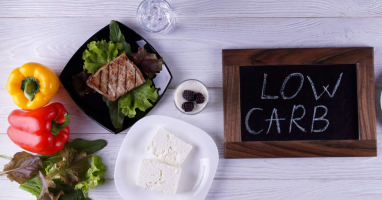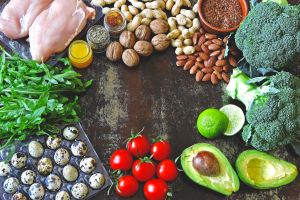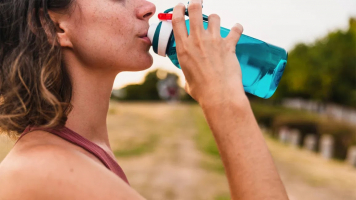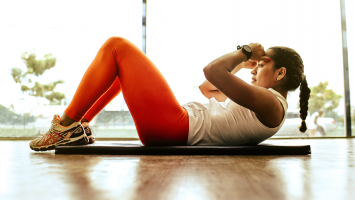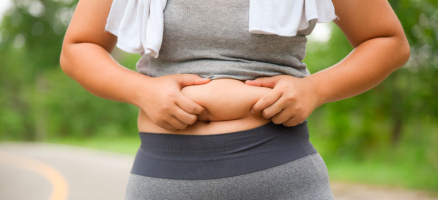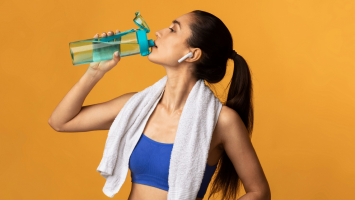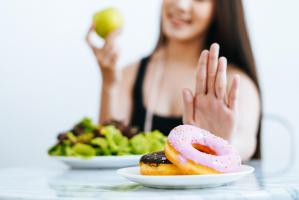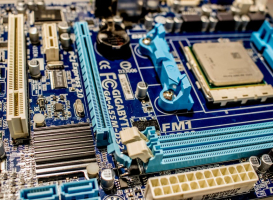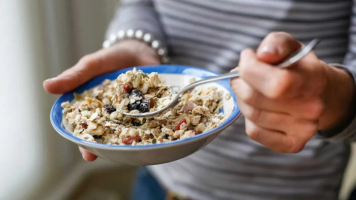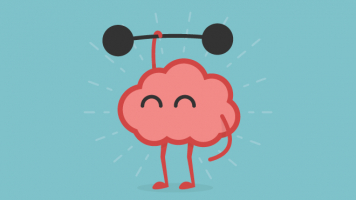Top 10 Simple Ways to Increase Your Protein Intake
Protein intake is essential for good health. As a result, protein's Daily Value (DV) is set at 50 grams per day. However, some studies suggest that many people ... read more...should be consuming far more than this. A high protein diet has a number of potential health benefits, including weight loss, muscle growth, and overall health improvement. Here are some simple ways to increase your protein intake!
-
When eating a meal, start with the protein source and go to the carbs later. Peptide YY (PYY), a gut hormone that helps you feel full and satisfied, is increased by protein.
Furthermore, a high protein diet lowers ghrelin levels, the "hunger hormone", and raises metabolic rate after eating and during sleeping. Furthermore, eating protein first can help keep blood sugar and insulin levels from rising after a meal. In order to manage insulin levels, one study suggested eating vegetables and protein before carbs. According to a study published in the Diabetes Care journal, the order in which food is consumed on the plate plays a significant role in determining the post-meal glucose and insulin levels in obese people. Another study is conducted on people with type 2 diabetes who were given similar meals on different days in a short trial. When they ate protein and vegetables before consuming high-carb foods, blood sugar and insulin levels were much lower than when the order was reversed.
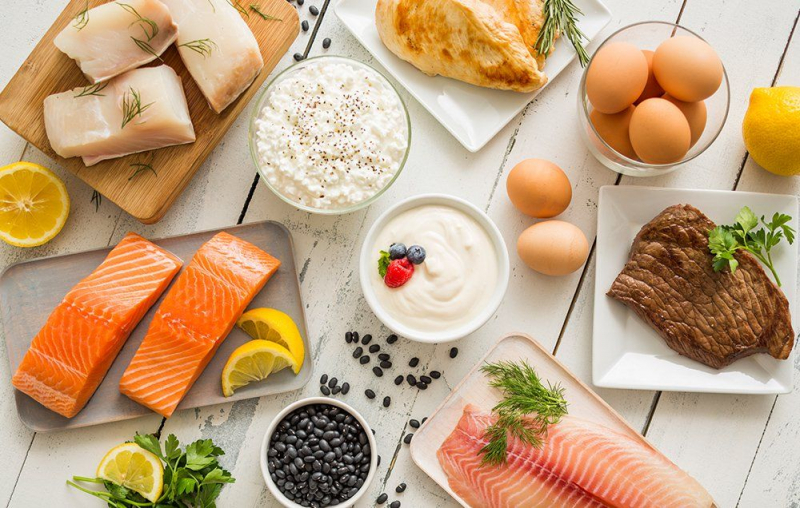
Eat your protein first 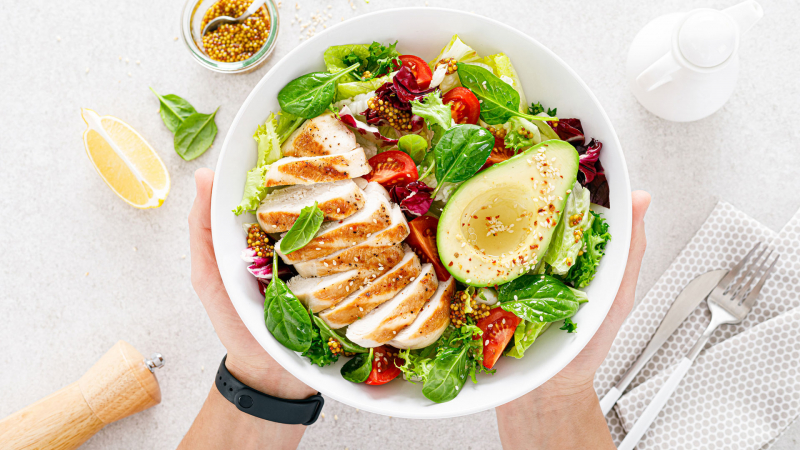
Eat your protein first -
Snacks can help you get more protein into your diet if you pick healthy options. Chips, pretzels, and crackers are some examples of low-protein snacks. Especially, cheese is a great source of calcium, fat, and protein. It also contains high amounts of vitamins A and B12, along with zinc, phosphorus, and riboflavin.
A single cup (30-gram) of plain tortilla chips, for example, offers 142 calories but just 2 grams of protein. A 1-ounce (28-gram) portion of cheddar cheese, on the other hand, has 7 grams of protein, approximately 30 calories less, and 6 times the calcium. Furthermore, even in people with high cholesterol, cheese does not seem to raise cholesterol levels significantly. In fact, some studies show that cheese may even be good for your heart. For a nutritious and satisfying snack, try a cheese stick in between meals or combine your favorite type of cheese with whole-grain crackers, tomatoes, or sliced apples.
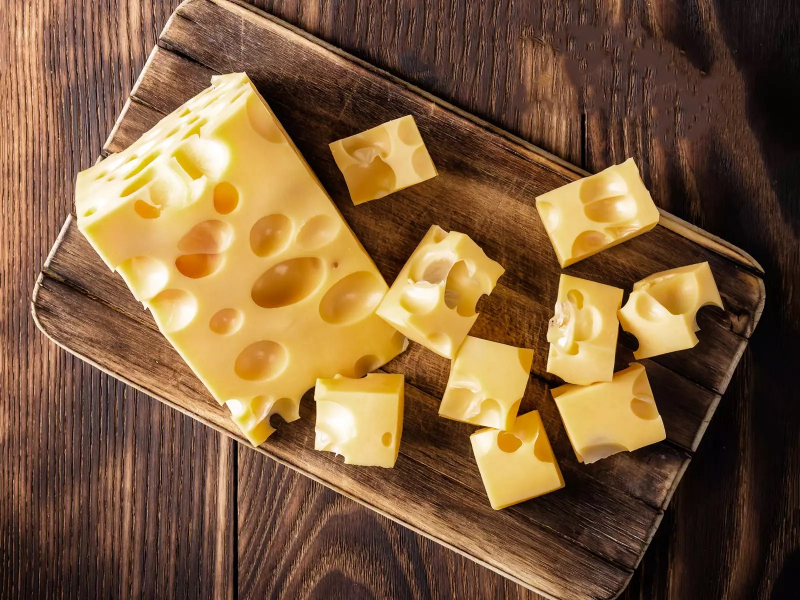
Snack on cheese 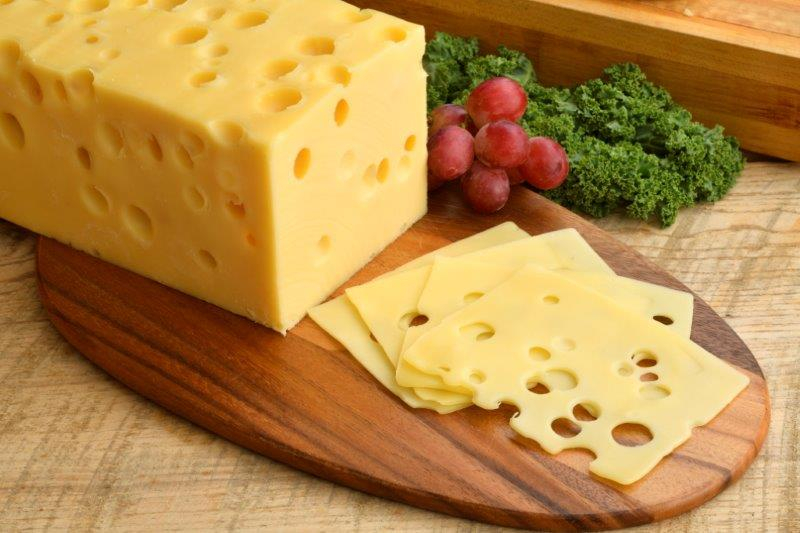
Snack on cheese -
Many breakfast foods, such as toast, bagels, and cereals, are low in protein. Even while oatmeal has more protein than other cereals, a normal 1-cup (240-gram) serving only has roughly 5 grams.
Three large eggs, on the other hand, contain 19 grams of high-quality protein, as well as vital minerals such as selenium and choline. Furthermore, eating eggs for breakfast has been proven in many studies to suppress hunger and keep you full for several hours, leading to you eating fewer calories later in the day. According to a previous study, eating whole eggs can change the size and shape of your LDL (bad) cholesterol particles, thereby lowering your risk of heart disease. But it's the yolk, which contains a lot of the egg's nourishment, including vitamin D, omega-3 fatty acids, B vitamins, and choline (which may help with mental clarity).
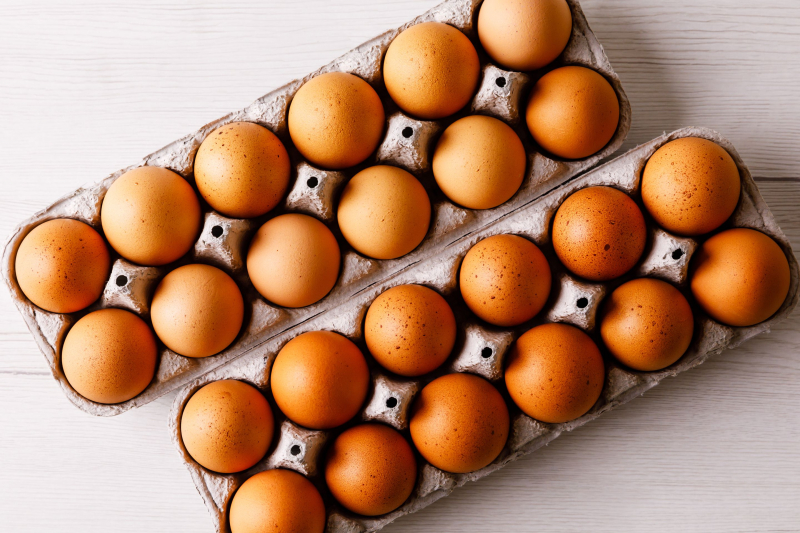
Replace cereal with eggs 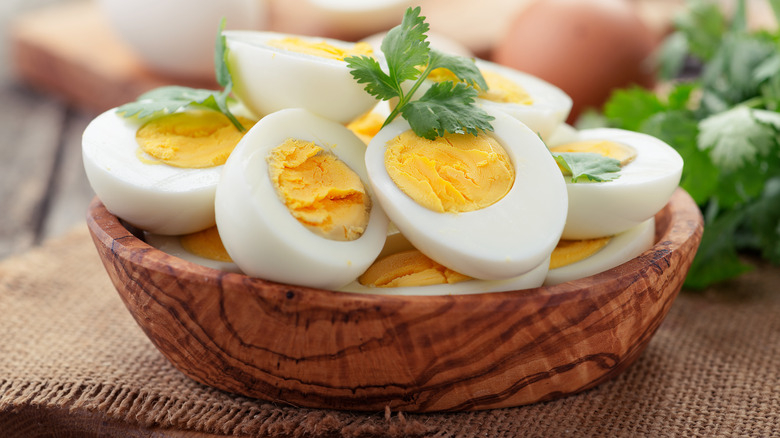
Replace cereal with eggs -
Almonds are full of nutrients. They're high in magnesium, fiber, and heart-healthy monounsaturated fat while being low in digested carbohydrates. Almonds are high in protein and antioxidants. These plant compounds protect the body from oxidative stress caused by free radicals, which can cause aging, heart disease, and cancer.
In a 1-ounce (28-gram) serving, almonds include 6 grams of protein, making them a superior source of protein to other nuts. And even though a serving of almonds has roughly 170 calories, studies have shown that your body only receives around 133 of those calories since some fat isn't digested. To increase your protein intake while also adding taste and crunch, sprinkle a few tablespoons of chopped almonds over yogurt, cottage cheese, salads, or cereal.
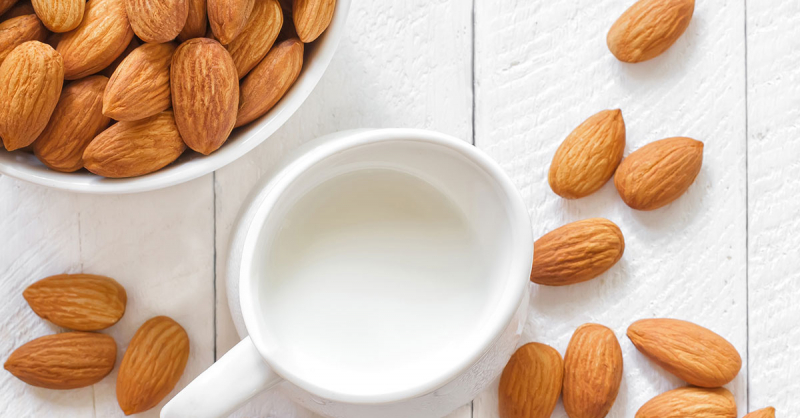
Top your food with chopped almonds 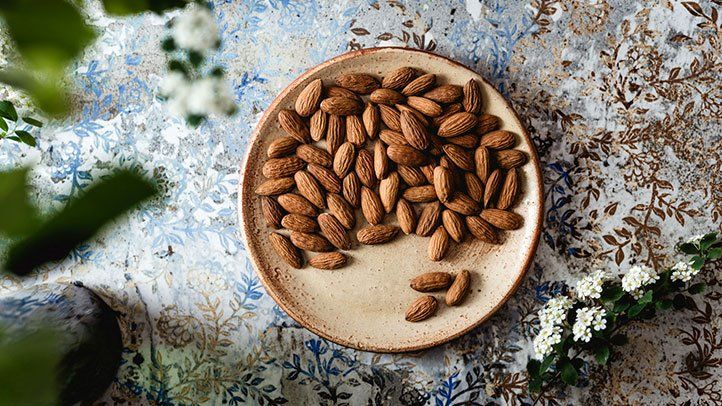
Top your food with chopped almonds -
Greek yogurt is a high-protein, versatile snack. It's made by removing whey and other liquids from yogurt to produce a richer, creamier, and higher-protein product. Because the liquid whey is strained out of Greek yogurt, it has a richer, creamier texture.
Depending on the brand, a 7-ounce (240-gram) serving has 17–20 grams of protein. This is almost twice as much as traditional yogurt. Greek yogurt has been shown to increase the release of the gut hormones glucagon-like peptide 1 (GLP-1) and PYY, which help you feel full and reduce hunger. It also includes conjugated linoleic acid (CLA), which has been demonstrated in some studies to help fat reduction. Greek yogurt goes well with berries or chopped fruit. It may also be used as a sour cream alternative in dips, sauces, and other dishes.
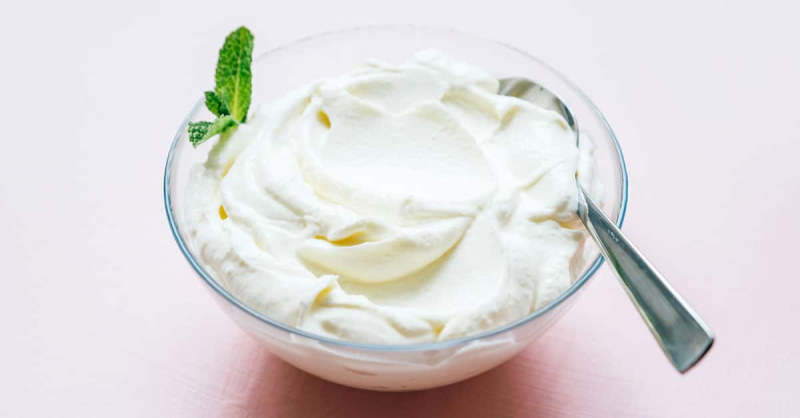
Choose Greek yogurt 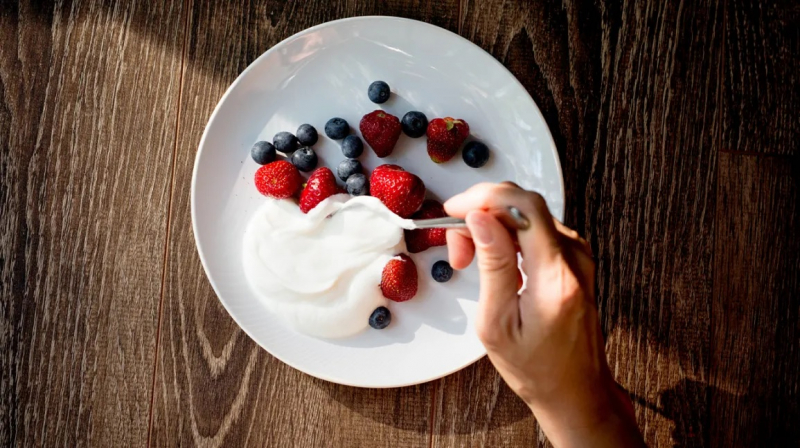
Choose Greek yogurt -
Many smoothies are high in fruit, vegetables, or juice, but low in protein. A shake or smoothie, on the other hand, maybe a great breakfast option provided you choose healthy ingredients.
Protein powders make making a nutritious, high-protein smoothie simple. Whey, soy, egg, and pea protein are among the many options available. Some research has been done on whey protein powder, and it seems to have an edge over the others when it comes to making you feel full. In fact, one scoop of whey powder (28 grams) contains around 17 grams of protein on average. They're a quick and easy option when it comes to a fantastic source of full, high-quality protein. A protein shake is a great option if you need a quick source of protein or are unable to make a full meal. To boost the protein content even further, you can use extra protein powder or add peanut butter, almond butter, flaxseeds, or chia seeds.
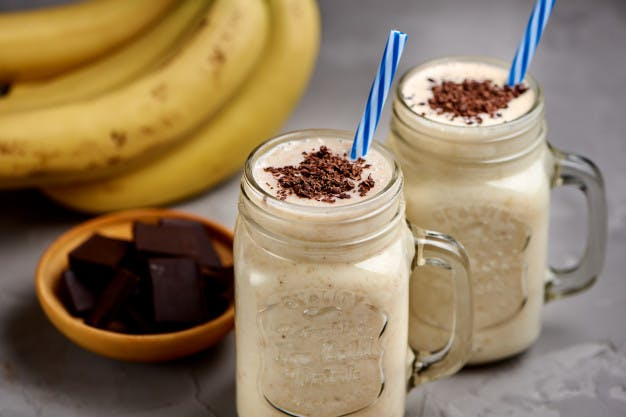
Have a protein shake for breakfast 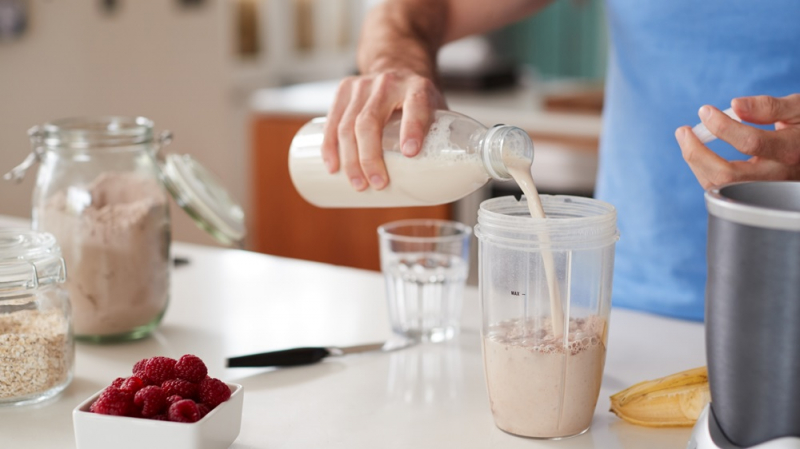
Have a protein shake for breakfast -
When it comes to protein, it's not just about how much you consume on a daily basis. It's also crucial to eat enough at each meal. A minimum of 20–30 grams of protein should be eaten at each meal, according to many studies. According to studies, this quantity promotes fullness and muscle mass maintenance better than lesser quantities eaten throughout the day.
Eating a variety of foods can help you meet your protein requirements. Meat, fish, poultry, eggs, legumes, and soy products like tofu and tempeh are all high in protein. Although certain grain and cereal-based products include protein, they are not as rich in protein as meat and meat substitutes. You may also choose from this list of delicious high-protein foods to ensure that you get enough protein at every meal.
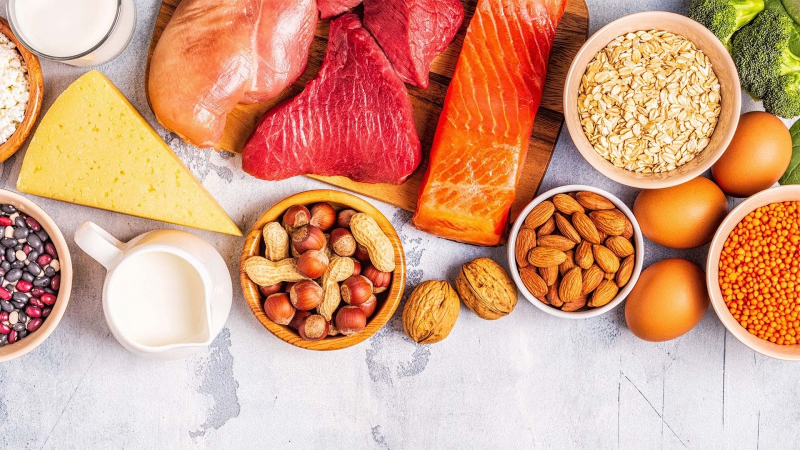
Include a high protein food with every meal 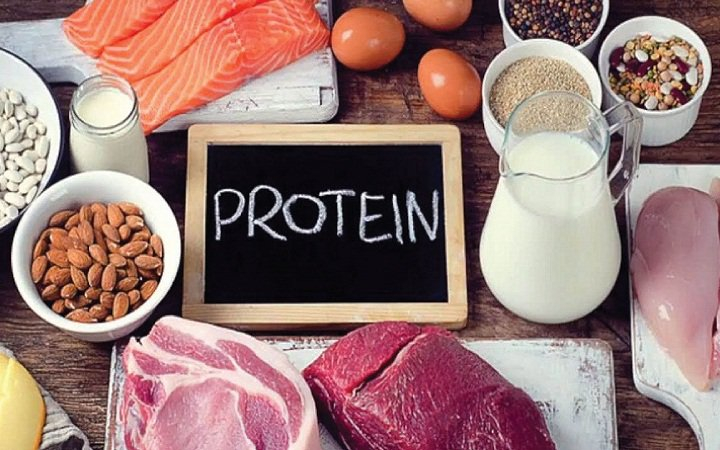
Include a high protein food with every meal -
Meat provides a wide range of nutrients that the body uses for growth, maintenance, and repair, according to Jim White RDN, ACSM, an exercise physiologist. “Meat as a whole category is an excellent source of protein, heme iron, and micronutrients such as B-12, zinc, and selenium. Even the bones, in creating bone broth and utilizing the marrow, have nutritional benefits like addition collagen and [they’re] rich in iron.", he says.
Protein content may be greatly increased by choosing leaner cuts of meat and slightly increasing portion sizes. For example, sirloin steak is one of the leanest cuts of beef, making it an excellent choice for a healthy diet. When comparing beef cuts, choose those with a lower saturated fat content per serving. Look for cuts of beef with less fat marbling throughout in the butcher case, then trim the fat off the edges of the meat before eating for a great protein portion with less fat.
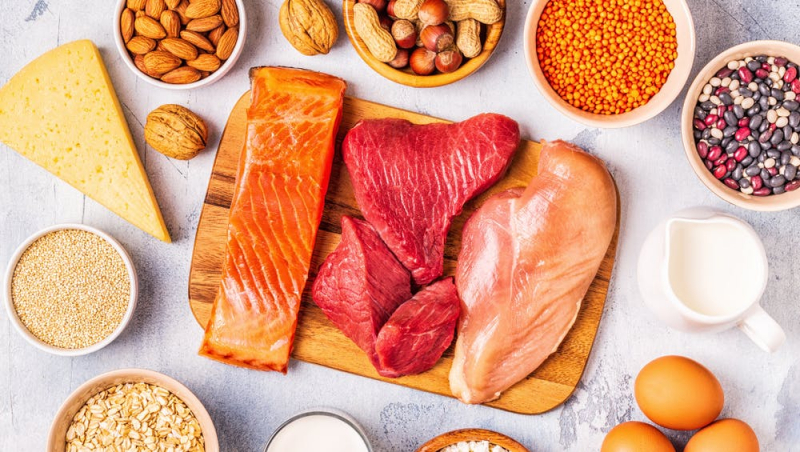
Choose leaner, slightly larger cuts of meat 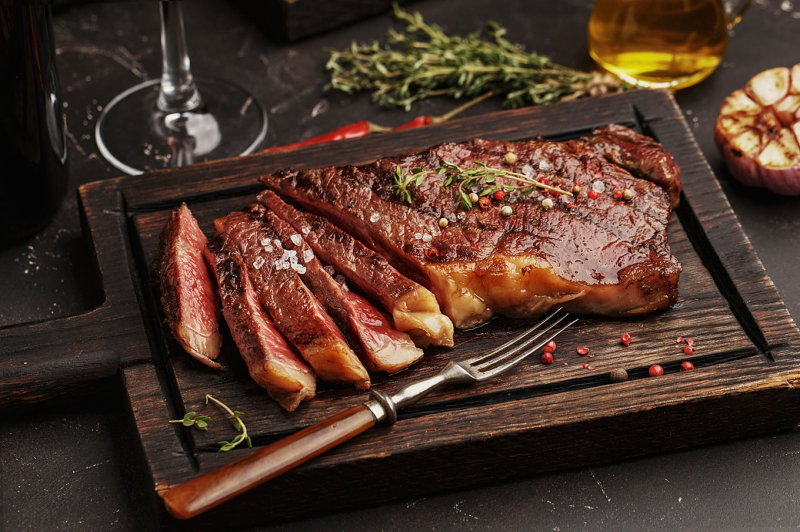
Choose leaner, slightly larger cuts of meat -
Peanut butter is delicious, high-protein food with a creamy texture that goes well with a wide range of foods. Protein, fat, and fiber are all rich in peanuts. While peanuts contain a lot of fat, the majority of the fats in them are considered "good fats". These fats actually help in the reduction of cholesterol levels.
Peanut butter has been linked to a variety of health benefits, including reduced hunger, increased fat burning, and lower blood sugar levels, according to studies. Fruits like apples and pears, which are high in fiber and antioxidants but low in protein, might benefit from peanut butter to enhance their flavor and nutritional value. Spreading 2 tablespoons (32 grams) of peanut butter on sliced fruit can add 7 grams of protein to the total. Peanut butter goes well with a variety of different foods, such as oats, celery, whole wheat bread, and yogurt.
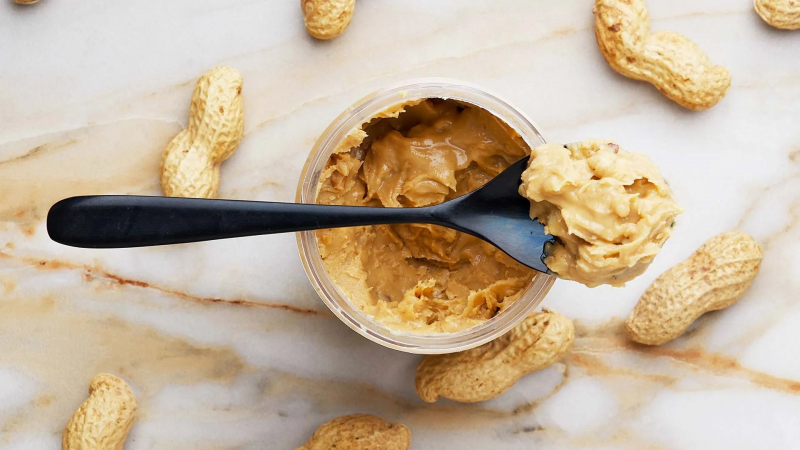
Add peanut butter to your diet 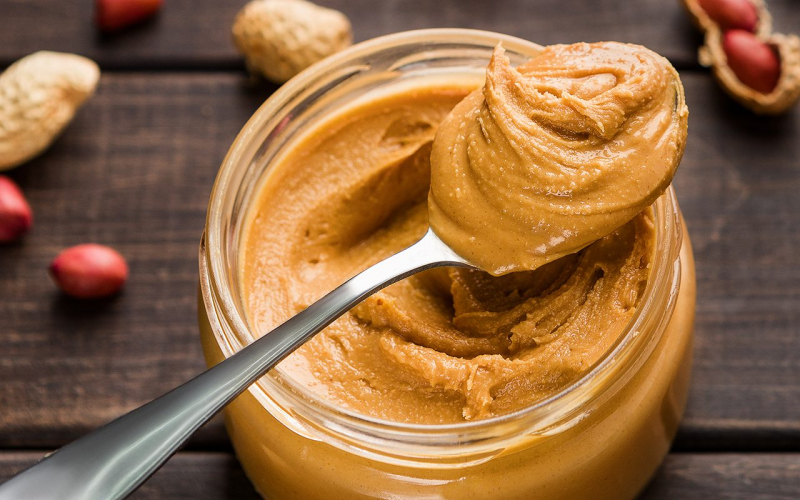
Add peanut butter to your diet -
Lean jerky is a quick and easy way to increase your protein intake. However, it is important to select a healthy variety. Sugar, preservatives, and other questionable ingredients are included in many types of jerky. They're typically made using low-quality meat as well.
Grass-fed beef, bison, and other free-range animals are used to make certain jerky and snack sticks. Jerky from grass-fed animals is of higher quality and has more omega-3 fats, which is good for you. About 9 grams of protein per ounce are found in lean jerkies or snack sticks (28 grams). They may typically be stored without refrigeration for several months and are also portable and suitable for travel.
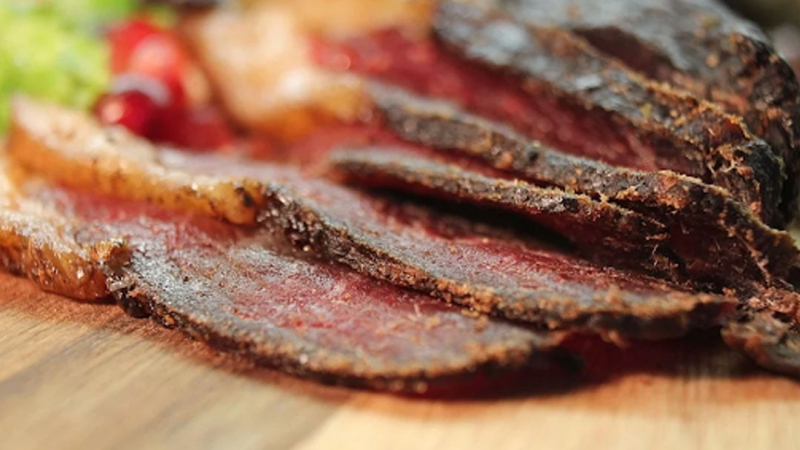
Eat lean jerky 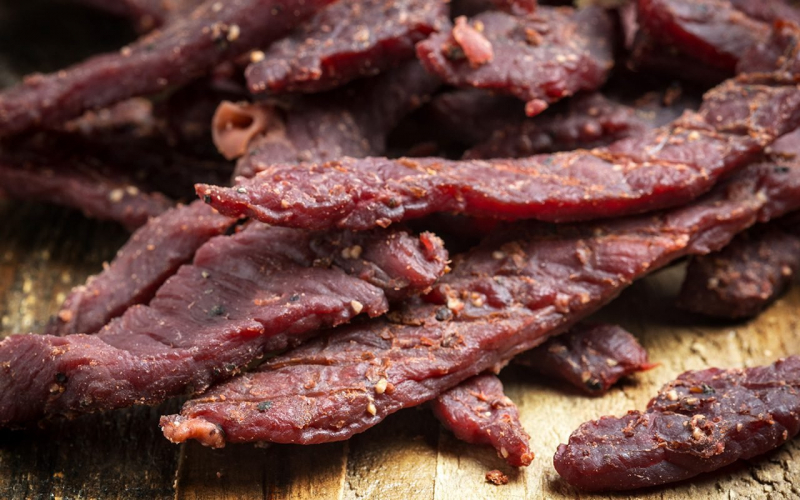
Eat lean jerky












